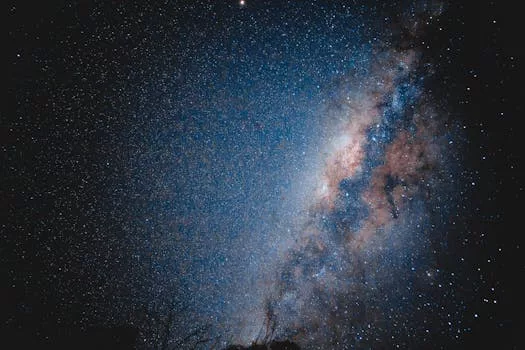
“
Beyond the Milky Way: Imagining New Worlds and Possibilities
Introduction to Beyond the Milky Way: Imagining New Worlds and Possibilities
Beyond the Milky Way: Imagining New Worlds and Possibilities is an exciting topic that has captured the imagination of humans for centuries. As we continue to explore and understand our universe, we are constantly reminded of the infinite possibilities that exist beyond our galaxy. In this article, we will delve into the latest discoveries and theories in astrophysics and space exploration, and imagine what new worlds and possibilities may exist beyond the Milky Way.
Understanding the Milky Way
Before we can explore the possibilities of new worlds beyond the Milky Way, it’s essential to understand our galaxy and its place in the universe. The Milky Way is a barred spiral galaxy, consisting of hundreds of billions of stars, gas, and dust. It is estimated to be around 100,000 light-years in diameter and is thought to contain between 200-400 billion stars. The Milky Way is also home to various types of celestial objects, including planets, asteroids, comets, and black holes.
Exploring the Universe Beyond the Milky Way
As we look beyond the Milky Way, we enter the realm of intergalactic space, where we find countless other galaxies, each with its unique characteristics and features. The most notable galaxies near the Milky Way are the Andromeda Galaxy and the Triangulum Galaxy, which are part of the Local Group of galaxies. These galaxies are thought to be moving towards us, and in about 4 billion years, the Andromeda Galaxy will collide with the Milky Way, resulting in a new, larger galaxy.
The Search for New Worlds
The search for new worlds beyond the Milky Way is an ongoing and exciting area of research. Astronomers use a variety of methods to detect exoplanets, including the transit method, which involves measuring the decrease in brightness of a star as a planet passes in front of it. The radial velocity method is another technique used to detect exoplanets, which involves measuring the star’s wobble caused by the gravitational pull of an orbiting planet. For more insights, check out Charting New Realms.
Imagining New Worlds and Possibilities
As we continue to explore the universe and discover new exoplanets, we are reminded of the infinite possibilities that exist beyond the Milky Way. We can imagine new worlds with unique landscapes, atmospheres, and life forms. The possibility of finding life beyond Earth is a tantalizing prospect that has captured the imagination of scientists and science fiction writers alike. From the frozen tundras of distant moons to the scorching hot surfaces of exoplanets, the possibilities are endless, and the search for new worlds is an exciting and ongoing journey. Discover more about this topic in Soaring Through the Cosmos.
Takeaways
- The Milky Way is just one of billions of galaxies in the universe, each with its unique characteristics and features.
- The search for new worlds beyond the Milky Way is an ongoing area of research, with scientists using a variety of methods to detect exoplanets.
- The possibility of finding life beyond Earth is a tantalizing prospect that has captured the imagination of scientists and science fiction writers alike.
- The universe is full of mysteries and wonders, and the search for new worlds is an exciting and ongoing journey.



